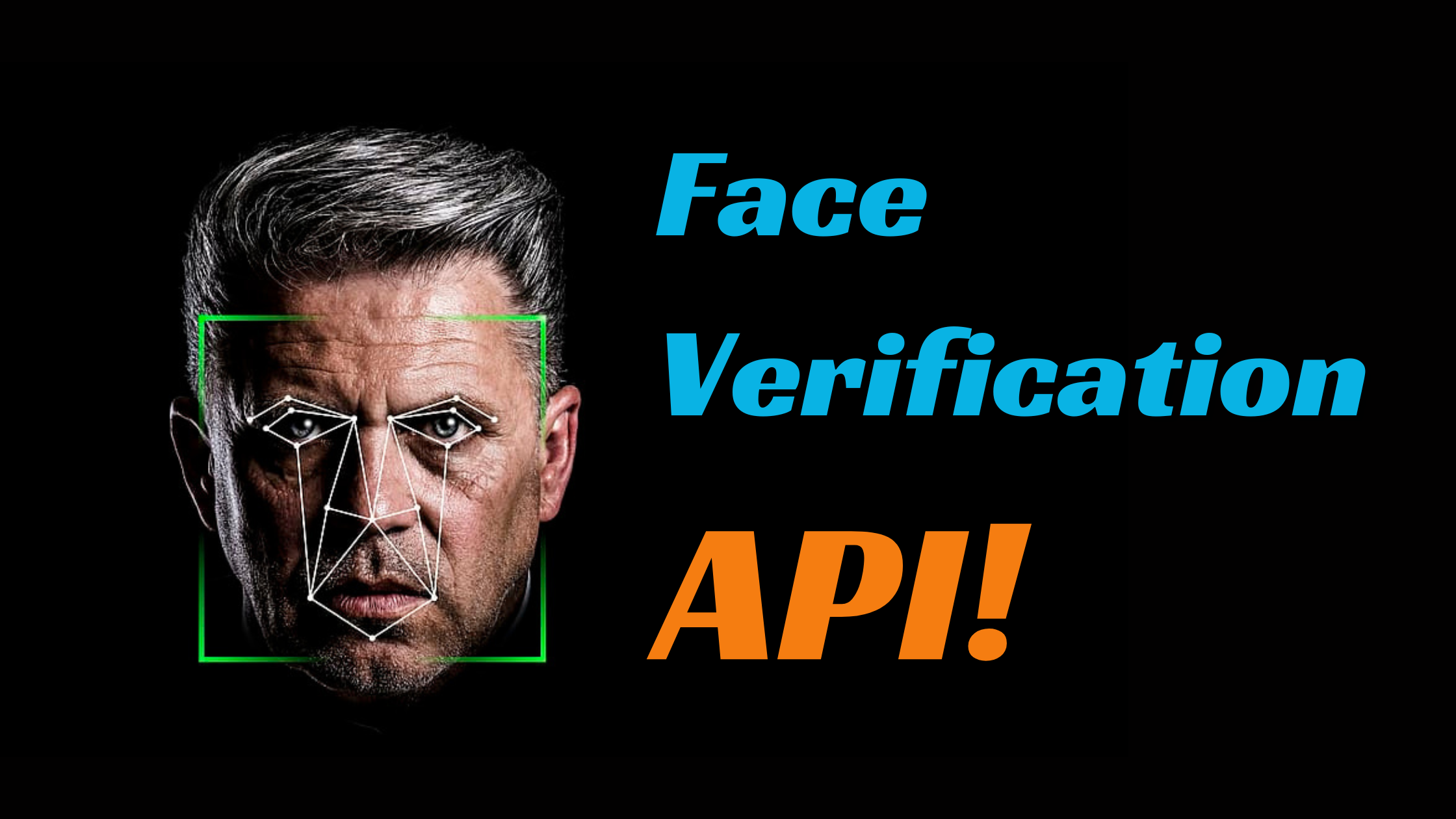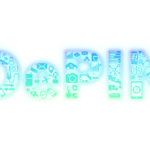What Is a Face Verification API?
- 1 Face Verification API in Details
- 2 The Benefits of Using a Facial Recognition API
- 2.1 Lower Initial Investment
- 2.2 Enhanced Functionality
- 2.3 Shorter Time-to-Market
- 2.4 Community Support
- 3 Conclusion:
- 4 FAQs:
- 4.0.1 What is a facial recognition API?
- 4.0.2 How does a facial recognition API benefit businesses?
- 4.0.3 What are some everyday use cases for facial verification APIs?
- 4.0.4 How do facial recognition APIs compare to SDKs?
- 4.0.5 Are facial recognition APIs easy to integrate into applications?
- 4.0.6 What kind of support can businesses expect when using facial recognition APIs?
In Short:
- APIs vs. SDKs: Both APIs and SDKs serve the same purpose of integrating face verification technology into applications quickly and cost-effectively, leveraging pre-built tools instead of starting from scratch.
- Benefits of Facial Recognition API: Using a facial recognition API offers advantages such as lower initial investment, enhanced functionality with additional features, and shorter time-to-market for products or services.
- Typical Use Cases: Face verification APIs find applications in driver identification systems, biometric authentication for access control and mobile payments, student attendance tracking, banking and finance for fraud prevention, healthcare for patient control, law enforcement for suspect identification, and marketing and advertising for consumer behaviour analysis.
Face verification is emerging as the most popular biometric technology for authentication of people. Its benefits have further boosted the technology’s demand in different industries for various purposes. A face authentication solution uses multiple features to identify and authenticate people, including:
- The contour of the lips
- The distance between the forehead and chin
- The shape of cheekbones
Face recognition and verification API (Application Programming Interface) can help solve several problems while offering a seamless user experience. Facial verification API is helping to make the globe more thoughtful, safer, and more convenient. This article explores the world of face authentication to help you understand what it is and everyday use cases.
Face Verification API in Details
An API includes a set of protocols and rules. These regulations and protocols allow different software solutions to interact and communicate with each other. Want to access a third-party application? You can use its Application Programming Interface to get the results quickly. Even if you don’t understand how the application functions under the hood, you can achieve this effortlessly.
In your quest to find the perfect face authentication solution, you may also come across the term SDK (Software Development Kit). An SDK is a collection of libraries designed and created to be quickly installed in a system or app and perform specific tasks like identifying, recognizing, and tracking faces.
Both APIs and SDKs serve the same purpose when designing and creating a face verification application. They help introduce complex technologies faster and on a budget. Instead of building everything from scratch, many businesses prefer to use ready-made tools. Training neural networks to automatically recognize objects in various environments, video/photo quality, and lighting conditions takes time and resources.
The Benefits of Using a Facial Recognition API
Lower Initial Investment
Creating a reliable face verification system from scratch can take hundreds of thousands of dollars. An annual license for an API costs just a fraction of this amount. Also, this means you risk less cash, especially when your application is unsuccessful.
Enhanced Functionality
The API module you license could have extra features to boost your offering. These additional features can be virtual backgrounds, special effects, and analytics.
Shorter Time-to-Market
You can integrate an API with some lines of code. Making this from the ground up could take many months. The quicker you release your minimum viable product (MVP), the sooner you’ll start enjoying the benefits.
Community Support
Apart from the face authentication solution provider’s customer support, you can also depend on the community of other users, especially those who share the best ways and practices to improve your experience.
You can use a face verification service available via API in numerous fields. Examples include:
- Driver identification systems in-car settings
- Biometric authentication in applications like access control, mobile payments, and identity verification
- Improve student attendance in learning institutions
- Improving biometric and fraud prevention in banking and finance
- Assist with patient control access, tracking, and identification in healthcare
- Identify suspects in law enforcement
- Collect data on consumer behaviour and demographics in marketing and advertising
- Identifying individuals in security cameras and monitoring for potential security threats in security and surveillance
Conclusion:
Face verification technology, facilitated by APIs and SDKs, offers a seamless solution for various industries and purposes, enhancing security, efficiency, and convenience. The adoption of these technologies continues to grow, making the world a more innovative and safer place.
FAQs:
What is a facial recognition API?
A facial recognition API is a set of protocols and rules that allow different software solutions to integrate facial verification technology into their applications quickly and efficiently.
How does a facial recognition API benefit businesses?
Facial recognition APIs offer benefits such as lower initial investment, enhanced functionality with additional features, and shorter time-to-market for products or services.
What are some everyday use cases for facial verification APIs?
Common use cases include driver identification systems, biometric authentication for access control and mobile payments, student attendance tracking, banking and finance for fraud prevention, healthcare for patient control, law enforcement for suspect identification, and marketing and advertising for consumer behavior analysis.
How do facial recognition APIs compare to SDKs?
Both serve the same purpose of integrating face verification technology, but APIs are more focused on communication protocols, while SDKs are collections of pre-built libraries designed for specific tasks like identifying, recognizing, and tracking faces.
Are facial recognition APIs easy to integrate into applications?
Yes, facial recognition APIs are designed for easy integration with applications, requiring just a few lines of code to implement the desired functionality.
What kind of support can businesses expect when using facial recognition APIs?
In addition to customer support from the facial authentication solution provider, businesses can also benefit from community support, where other users share best practices and ways to enhance the integration experience.


















